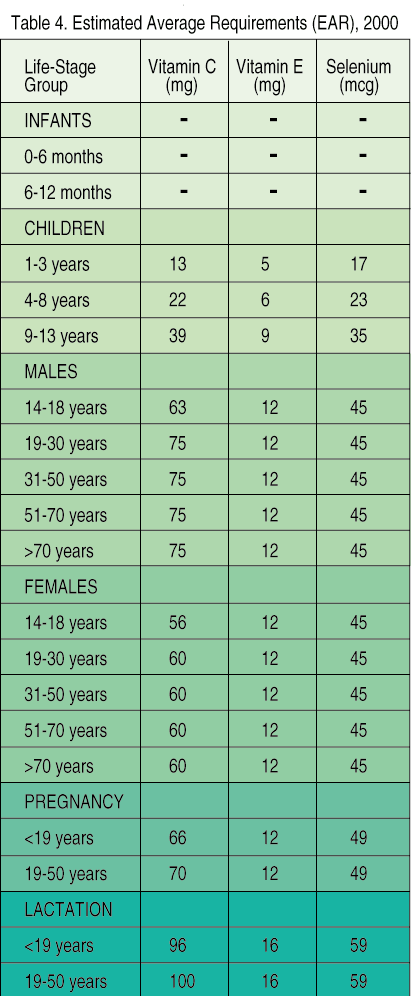Suggestions
Use up and down arrows to review and enter to select.Please wait while we process your payment
If you don't see it, please check your spam folder. Sometimes it can end up there.
If you don't see it, please check your spam folder. Sometimes it can end up there.
Please wait while we process your payment

By signing up you agree to our terms and privacy policy.
Don’t have an account? Subscribe now
Create Your Account
Sign up for your FREE 7-day trial
Already have an account? Log in
Your Email
Choose Your Plan
Individual
Group Discount
Save over 50% with a SparkNotes PLUS Annual Plan!
 payment page
payment page
Purchasing SparkNotes PLUS for a group?
Get Annual Plans at a discount when you buy 2 or more!
Price
$24.99 $18.74 /subscription + tax
Subtotal $37.48 + tax
Save 25% on 2-49 accounts
Save 30% on 50-99 accounts
Want 100 or more? Contact us for a customized plan.
 payment page
payment page
Your Plan
Payment Details
Payment Summary
SparkNotes Plus
You'll be billed after your free trial ends.
7-Day Free Trial
Not Applicable
Renews May 4, 2024 April 27, 2024
Discounts (applied to next billing)
DUE NOW
US $0.00
SNPLUSROCKS20 | 20% Discount
This is not a valid promo code.
Discount Code (one code per order)
SparkNotes PLUS Annual Plan - Group Discount
Qty: 00
SparkNotes Plus subscription is $4.99/month or $24.99/year as selected above. The free trial period is the first 7 days of your subscription. TO CANCEL YOUR SUBSCRIPTION AND AVOID BEING CHARGED, YOU MUST CANCEL BEFORE THE END OF THE FREE TRIAL PERIOD. You may cancel your subscription on your Subscription and Billing page or contact Customer Support at custserv@bn.com. Your subscription will continue automatically once the free trial period is over. Free trial is available to new customers only.
Choose Your Plan
For the next 7 days, you'll have access to awesome PLUS stuff like AP English test prep, No Fear Shakespeare translations and audio, a note-taking tool, personalized dashboard, & much more!
You’ve successfully purchased a group discount. Your group members can use the joining link below to redeem their group membership. You'll also receive an email with the link.
Members will be prompted to log in or create an account to redeem their group membership.
Thanks for creating a SparkNotes account! Continue to start your free trial.
We're sorry, we could not create your account. SparkNotes PLUS is not available in your country. See what countries we’re in.
There was an error creating your account. Please check your payment details and try again.
Please wait while we process your payment

Your PLUS subscription has expired
Please wait while we process your payment
Please wait while we process your payment

The Recommended Dietary Allowances (RDA) provide the essential-nutrient intake levels required to meet the known nutritional needs of most (97-98%) healthy persons in specific age and gender groups. The RDA is set two standard deviations above the estimated mean requirement, and has been developed by the Food and Nutrition Board of the National Academy of Sciences. The last RDA released was in 1989.

The RDA are currently under revision; values for certain nutrients have been released periodically over the past few years. The new recommendations are called Dietary Reference Intakes (DRI), and include four levels of values: 1) Recommended Dietary Allowances (RDA); 2) Adequate Intakes (AI); 3) Tolerable Upper Intake Level (UL); and 4) Estimated Average Requirement (EAR).
Recommended Dietary Allowances have the same meaning in the new revision as in the previous version. The RDA are meant to be used as a goal for dietary intake for individuals. The RDA are not necessarily intended to be used for assessing the diets of individuals or groups, or planning for groups, although that is how they are most often used. Table 2 provides 1998 RDA for those nutrients that have revised values.

Adequate intake values are set for nutrients for which no EAR has been set. These values are based on observation or experimentation, and measure the average intake of a population that appears to sustain a nutritional state such as normal circulating nutrient values or growth. Table 3 below contains the AI for those nutrients for which a value has been allotted.

The Estimated Average Requirement is the nutrient-intake value that is estimated to meet the requirement in 50% of the individuals in an age and gender group. The EAR is used in setting the RDA. The EAR for selected nutrients is shown in Table 4, below.

The Tolerable Upper Intake Level is the maximal level of nutrient intake that will not pose risks of adverse health effects in most individuals. The UL do not imply, however, that a beneficial effect will occur if that level of nutrient is consumed.
Please wait while we process your payment

